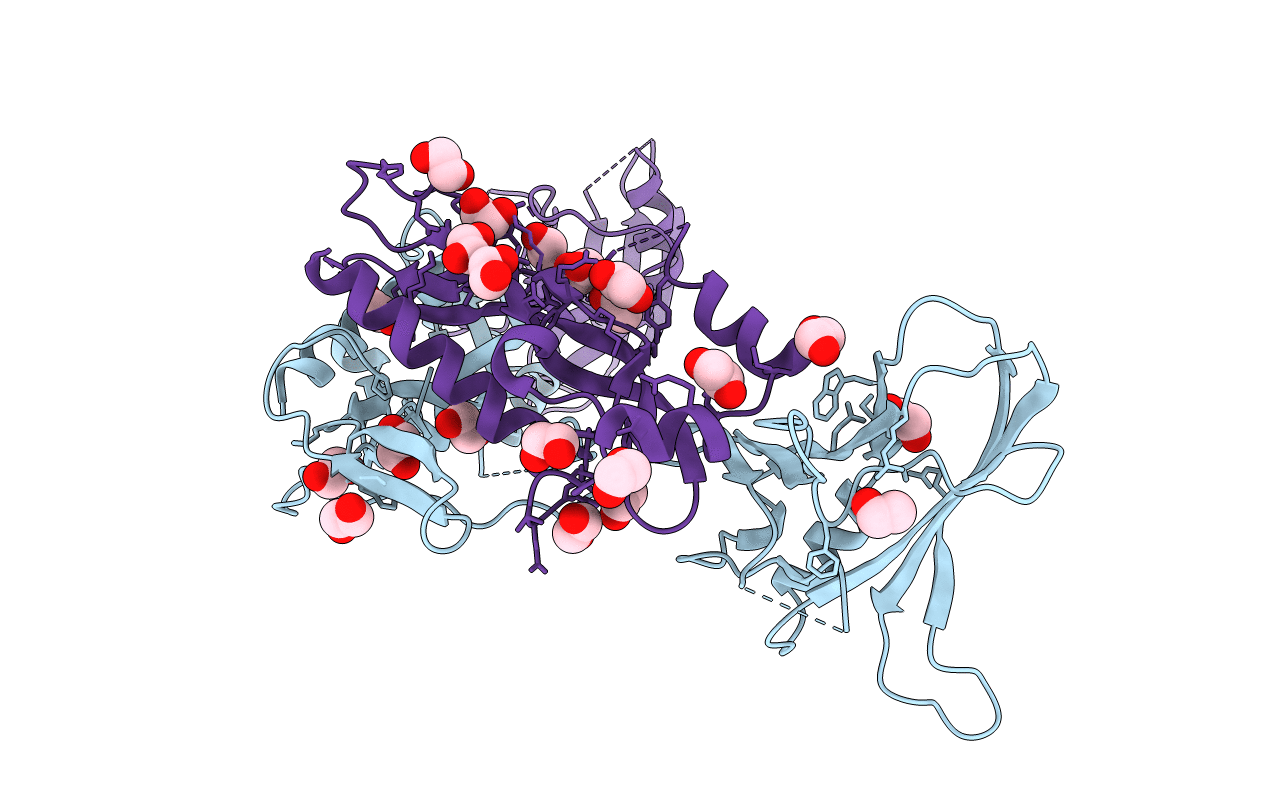
Deposition Date
2017-04-28
Release Date
2018-01-17
Last Version Date
2024-11-13
Entry Detail
PDB ID:
5NTU
Keywords:
Title:
Crystal Structure of human Pro-myostatin Precursor at 2.6 A Resolution
Biological Source:
Source Organism:
Homo sapiens (Taxon ID: 9606)
Host Organism:
Method Details:
Experimental Method:
Resolution:
2.58 Å
R-Value Free:
0.26
R-Value Work:
0.21
R-Value Observed:
0.21
Space Group:
C 1 2 1


